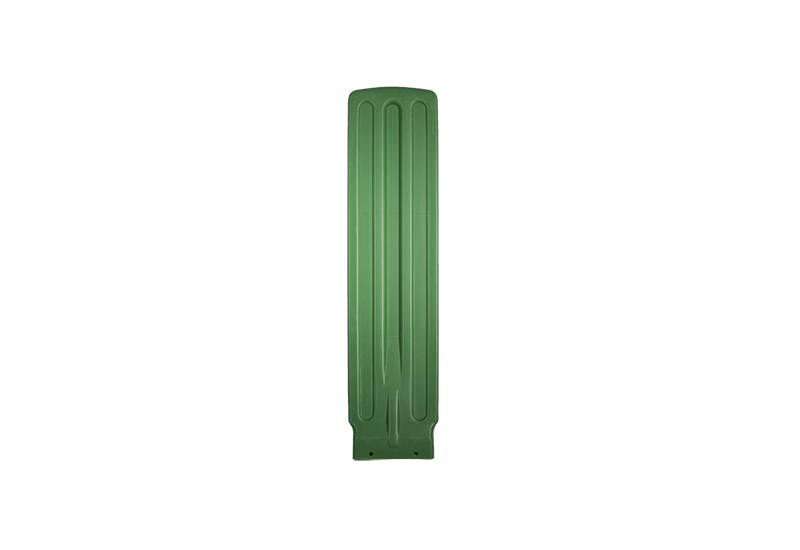Roadway barriers installed on roads must comply with the European standard EN 1317-5, and the type of road barrier must be selected based on the national barrier guide “Road Barrier Systems (Transport Administration 2023).”
Road barriers are installed at the edge of the roadway or to separate two traffic directions. Barrier posts are rammed into the verge or asphalt pavement. Repair parts for barrier systems are also available.
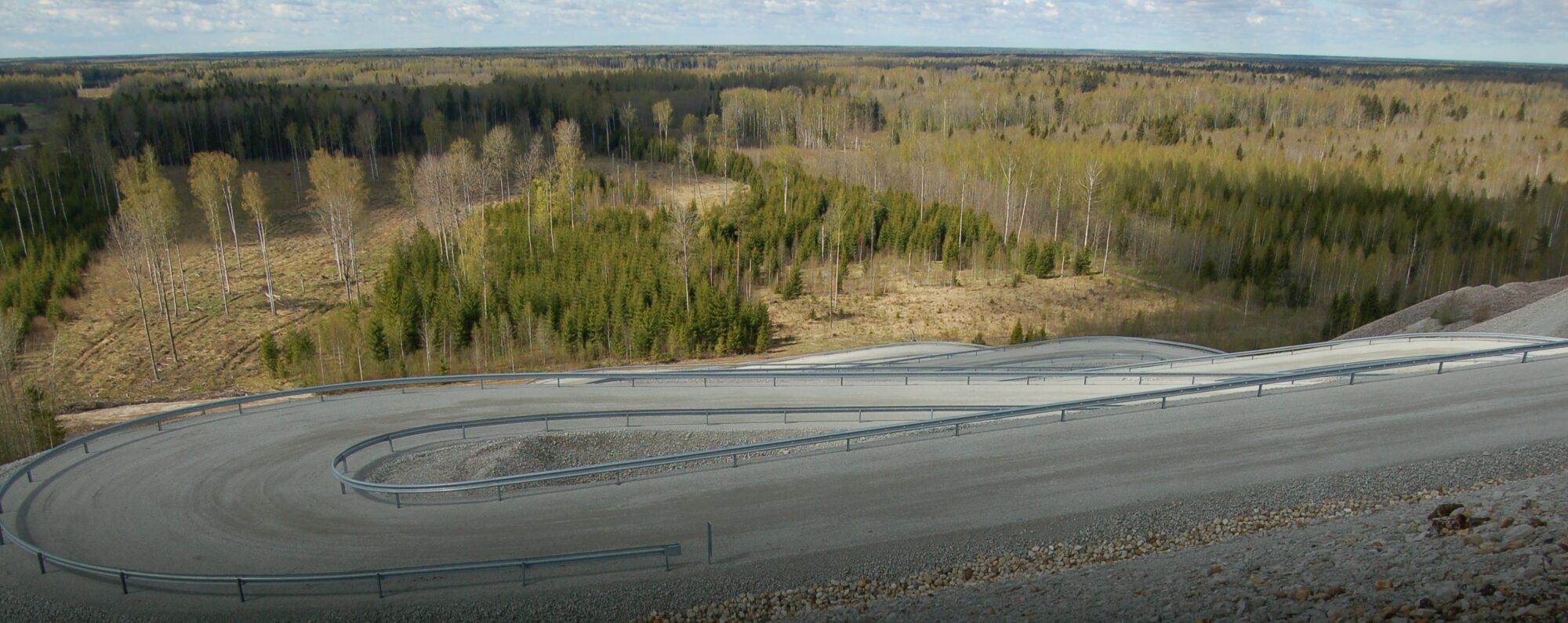
As a rule, bridge barriers are roadway barriers installed on concrete structures at the edge of the structure or to separate two traffic directions. If necessary, the bridge barriers are equipped with snow nets to prevent snow from falling during winter maintenance. Depending on the type and length of the bridge, it may be necessary to use an element in the barrier system that compensates for the movement of the bridge expansion joint.
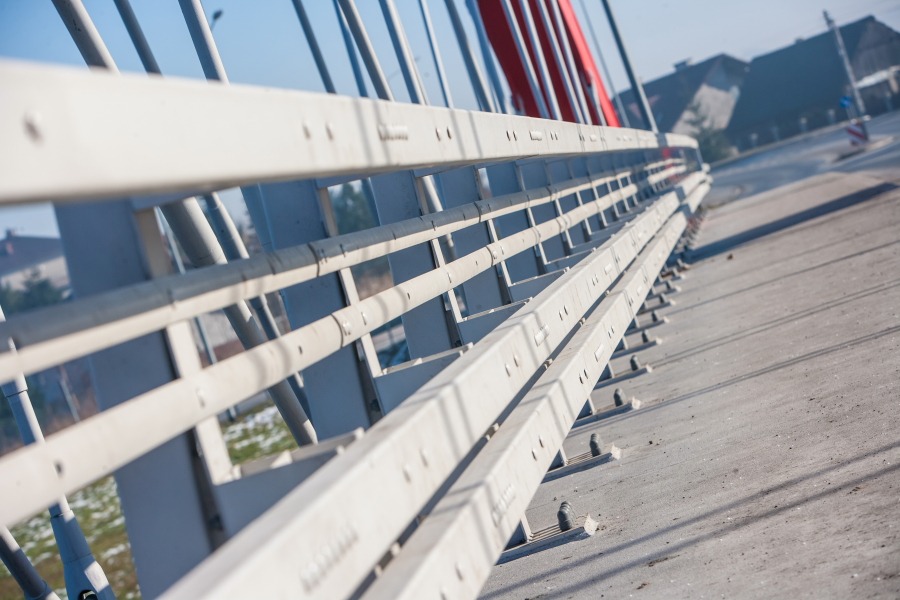
We offer Tertu wooden-metal road barriers from a French manufacturer and their installation. The barrier systems have the CE mark according to the EN-1317 standard. Wooden-metal barriers are worth considering when, in addition to ensuring traffic safety, maintaining the aesthetic appearance of the traffic environment is also desired. The metal parts are hot-dip galvanised, and the wooden parts are pressure-treated wood, with the impregnation agent containing no chromium or arsenic. The wooden parts do not touch the ground.
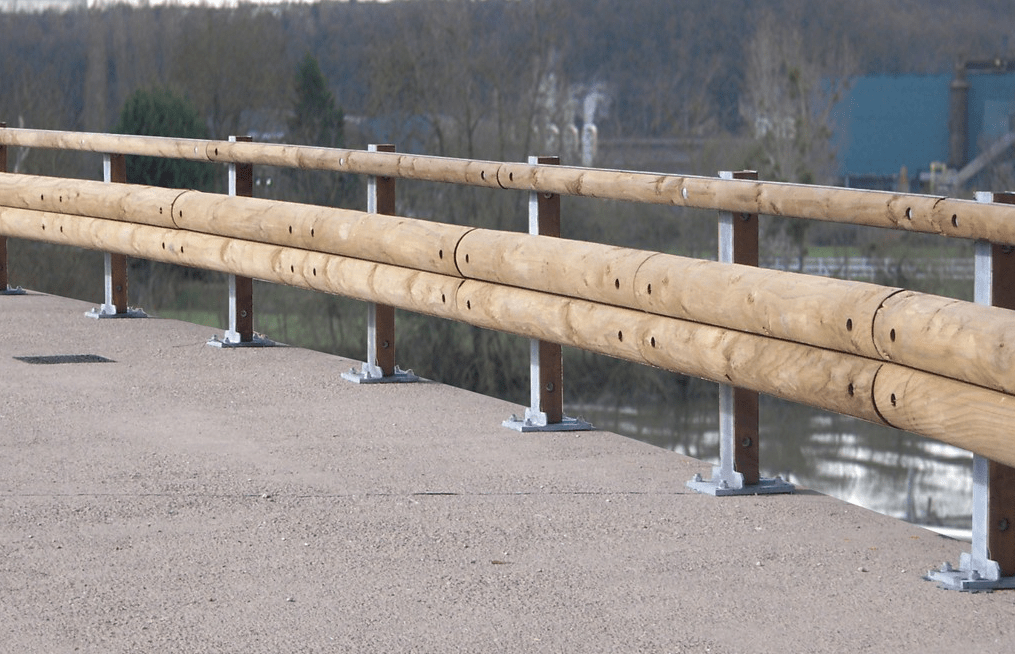
Cable barriers usually consist of three or four pre-tensioned cables anchored at both ends. The advantage of a cable barrier is its lower cost over long sections and low maintenance cost. In a collision with the barrier, a car generally cannot break the cable, and subsequent repair usually involves replacing 3–10 posts.
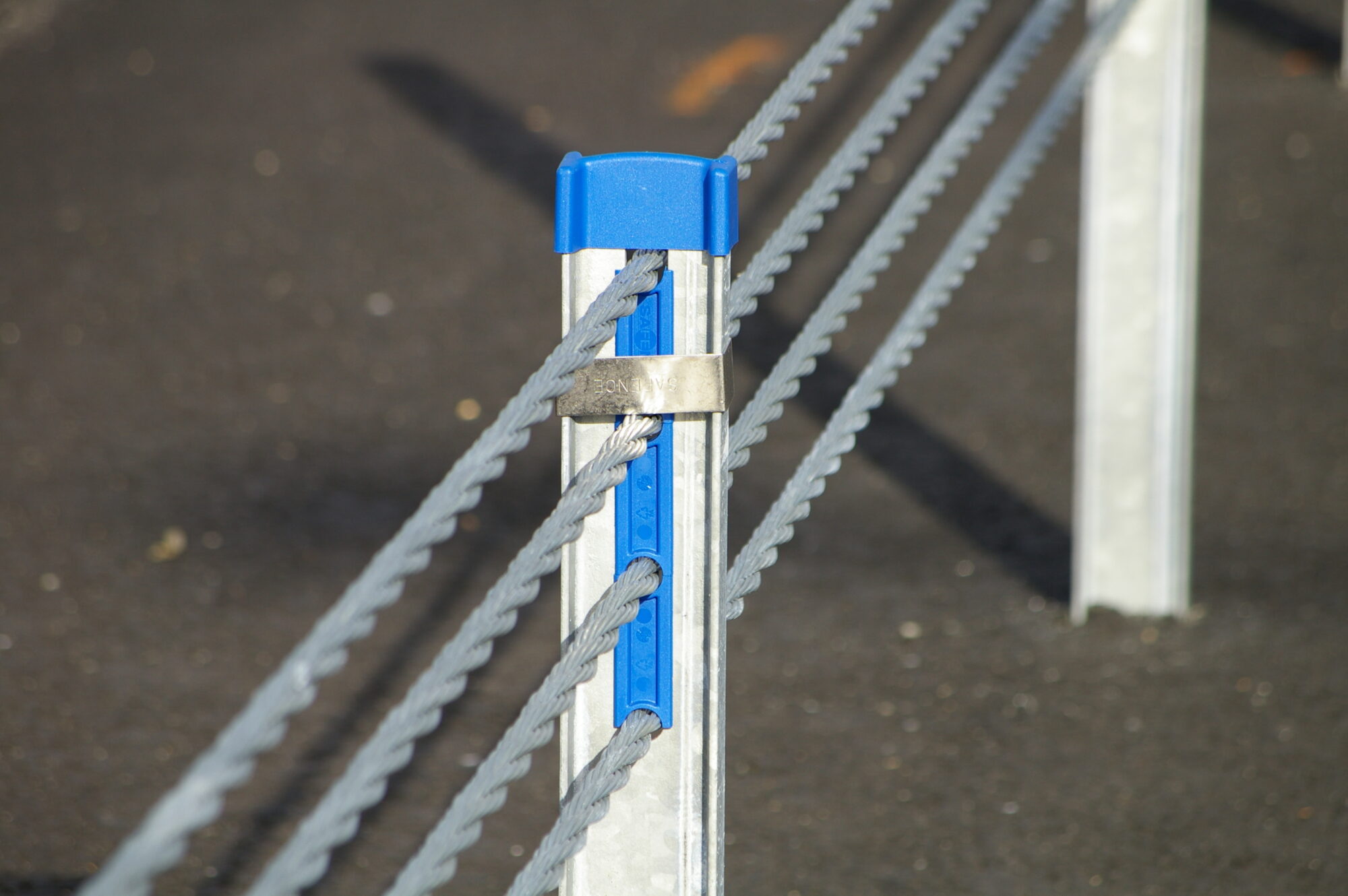
- Terminals
- Redirects
- Snow nets
- Anti-glare elements
- Reflectors, radii
